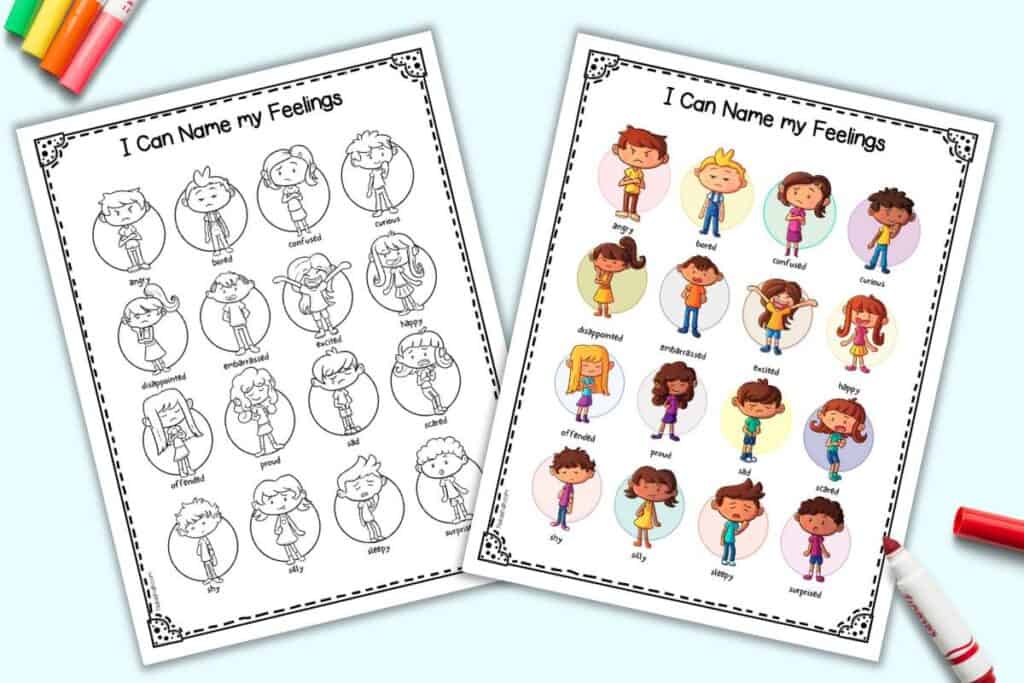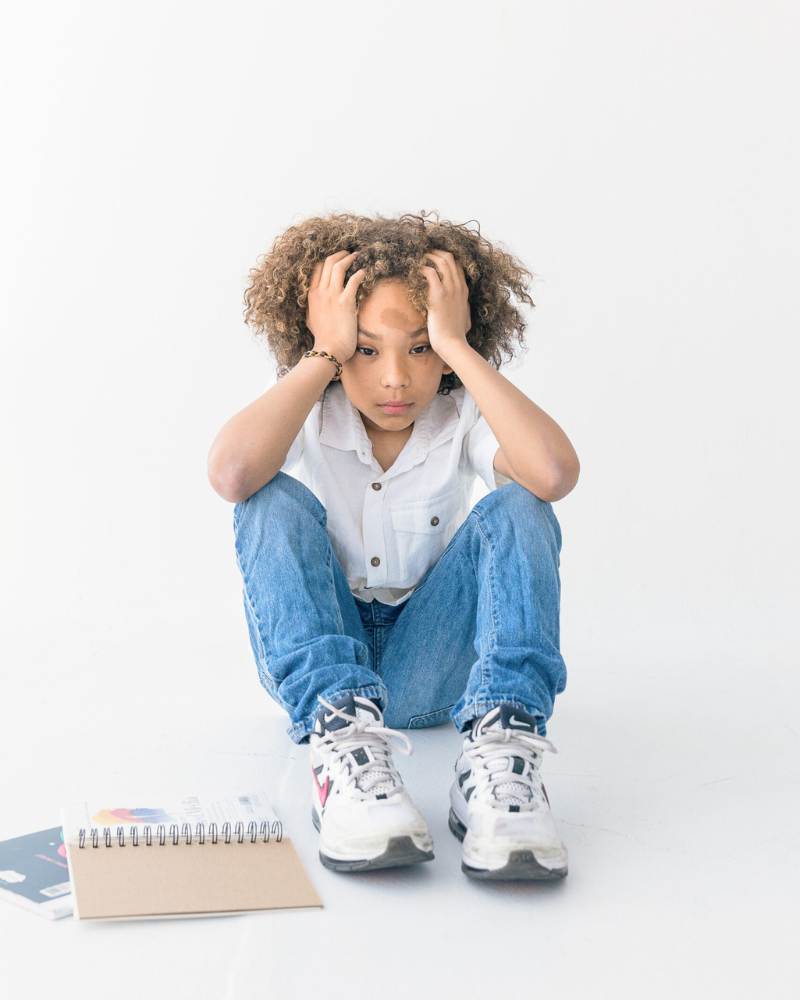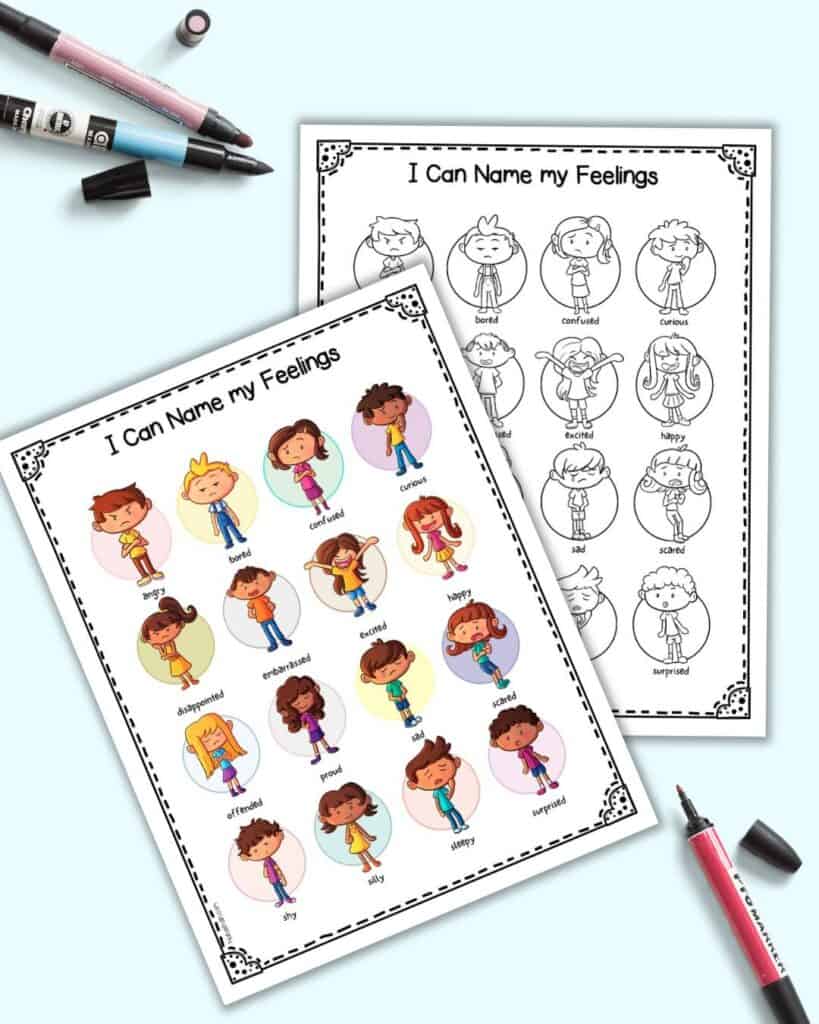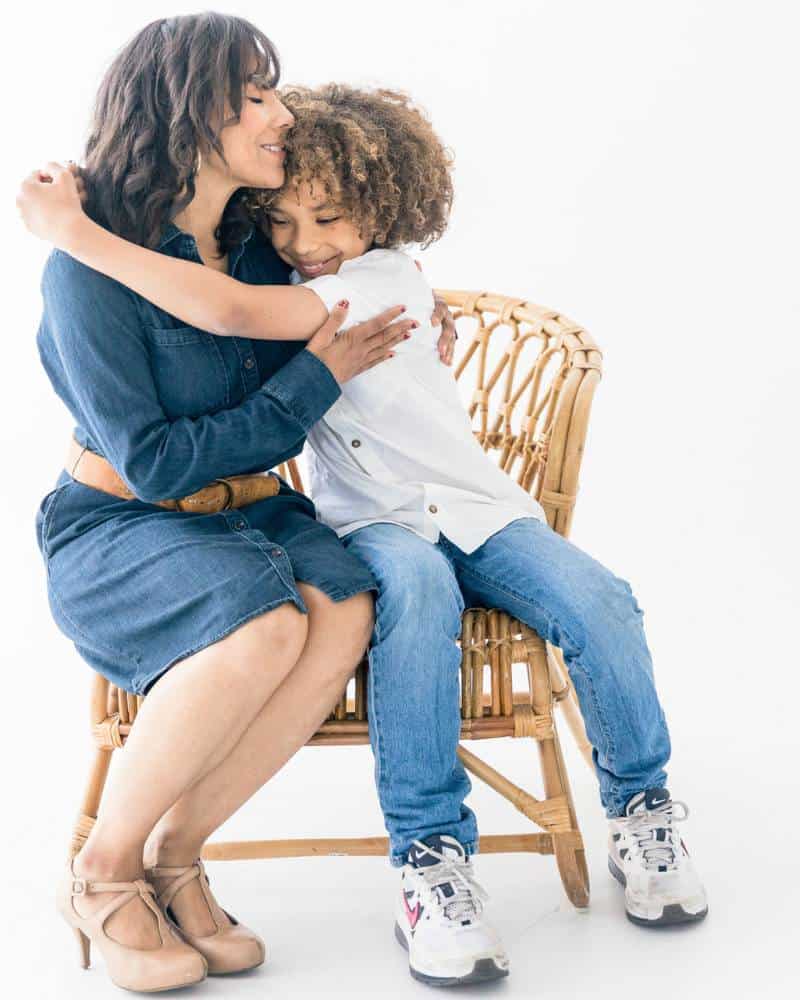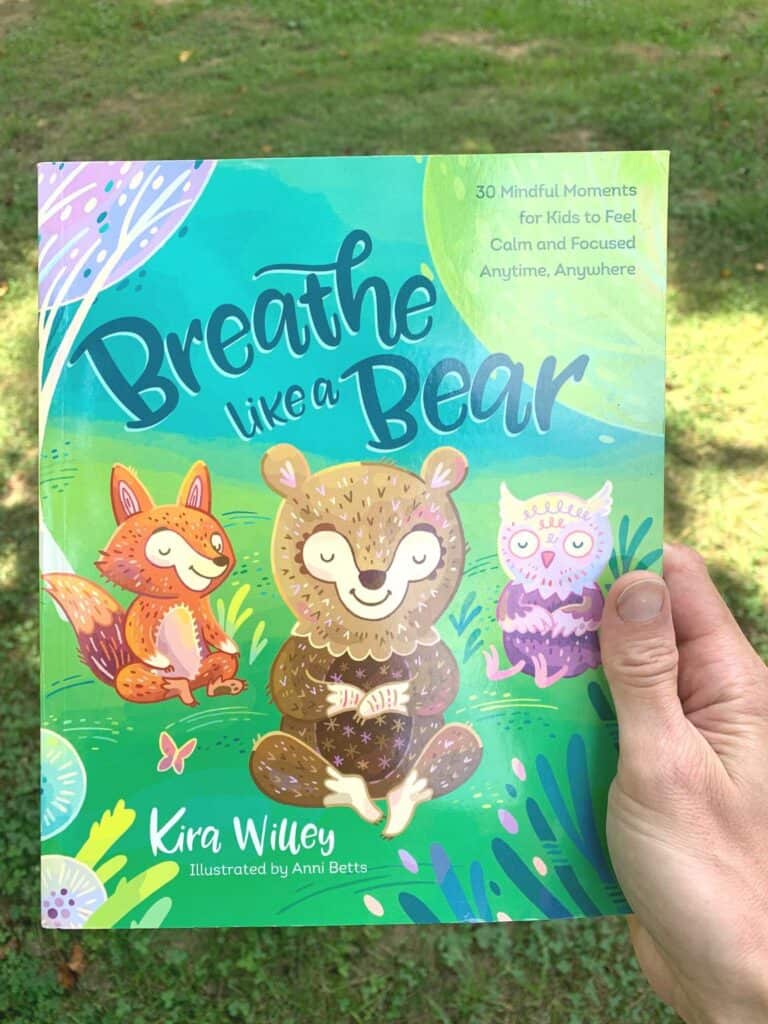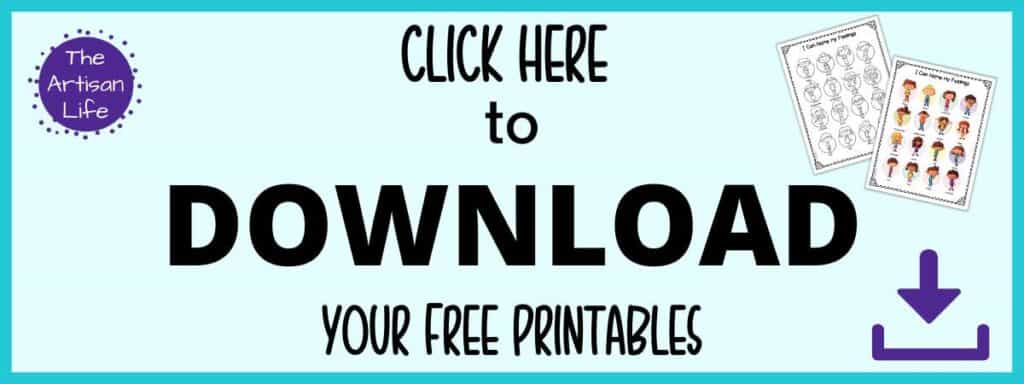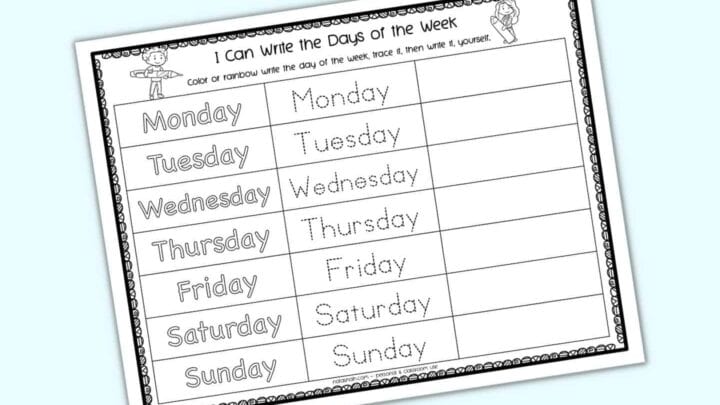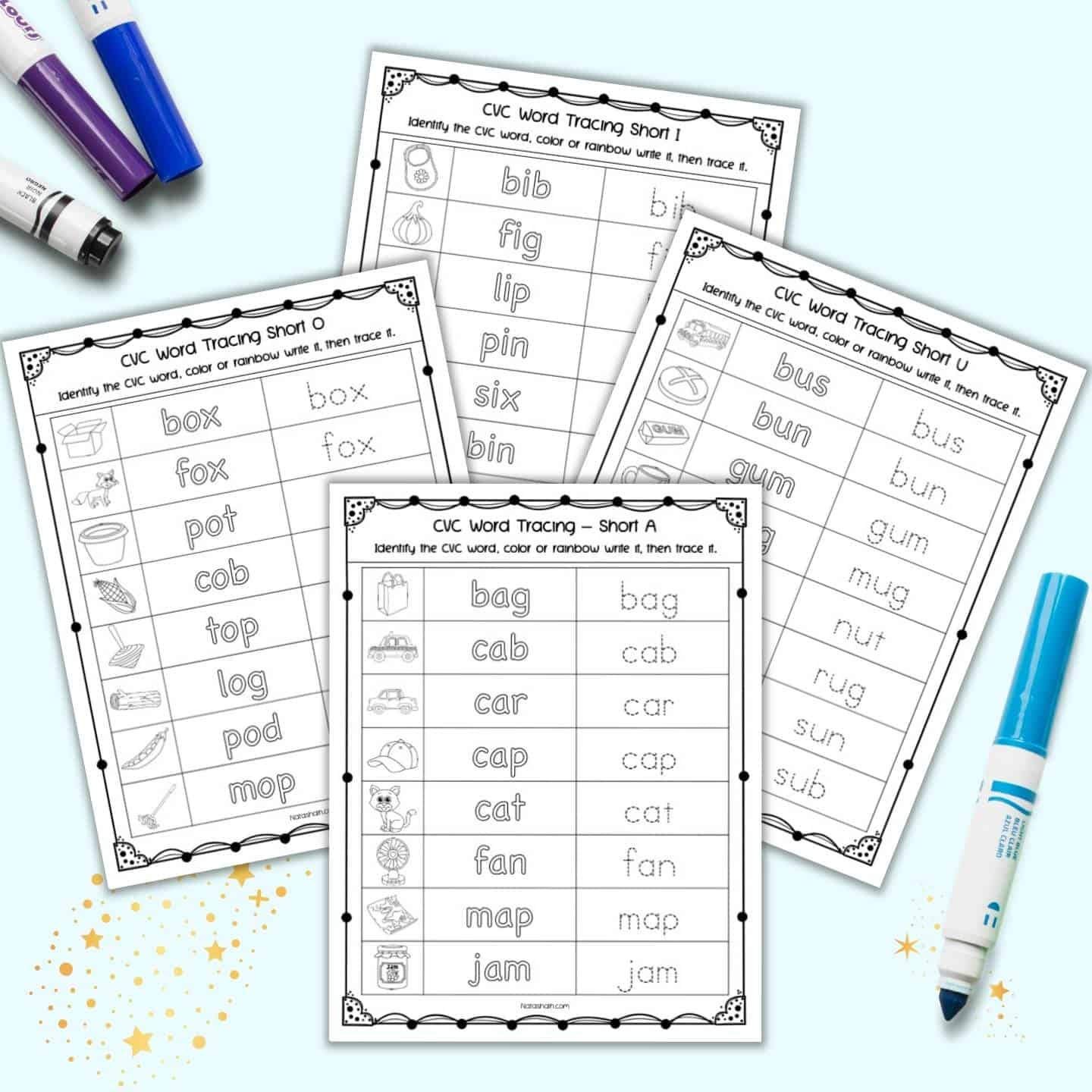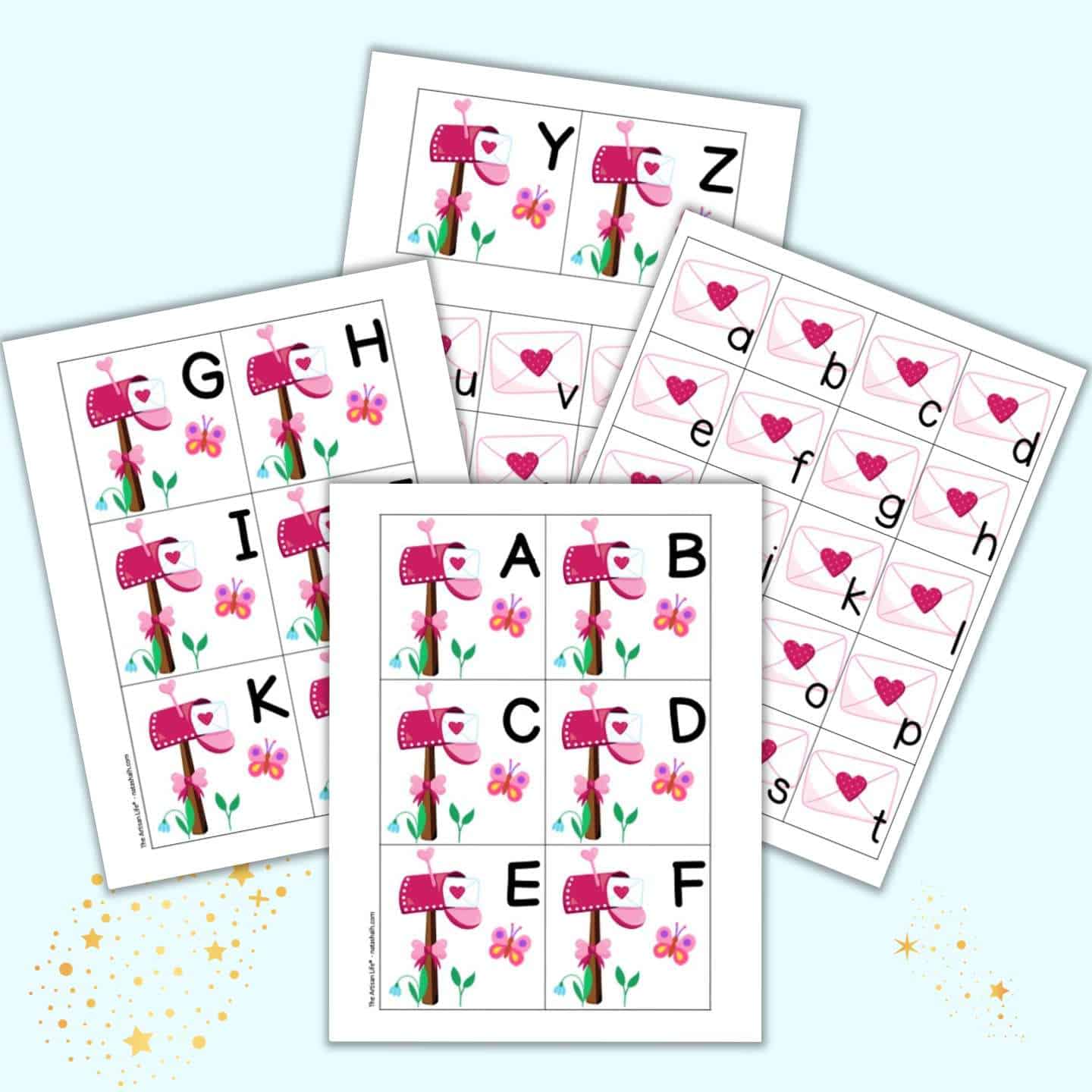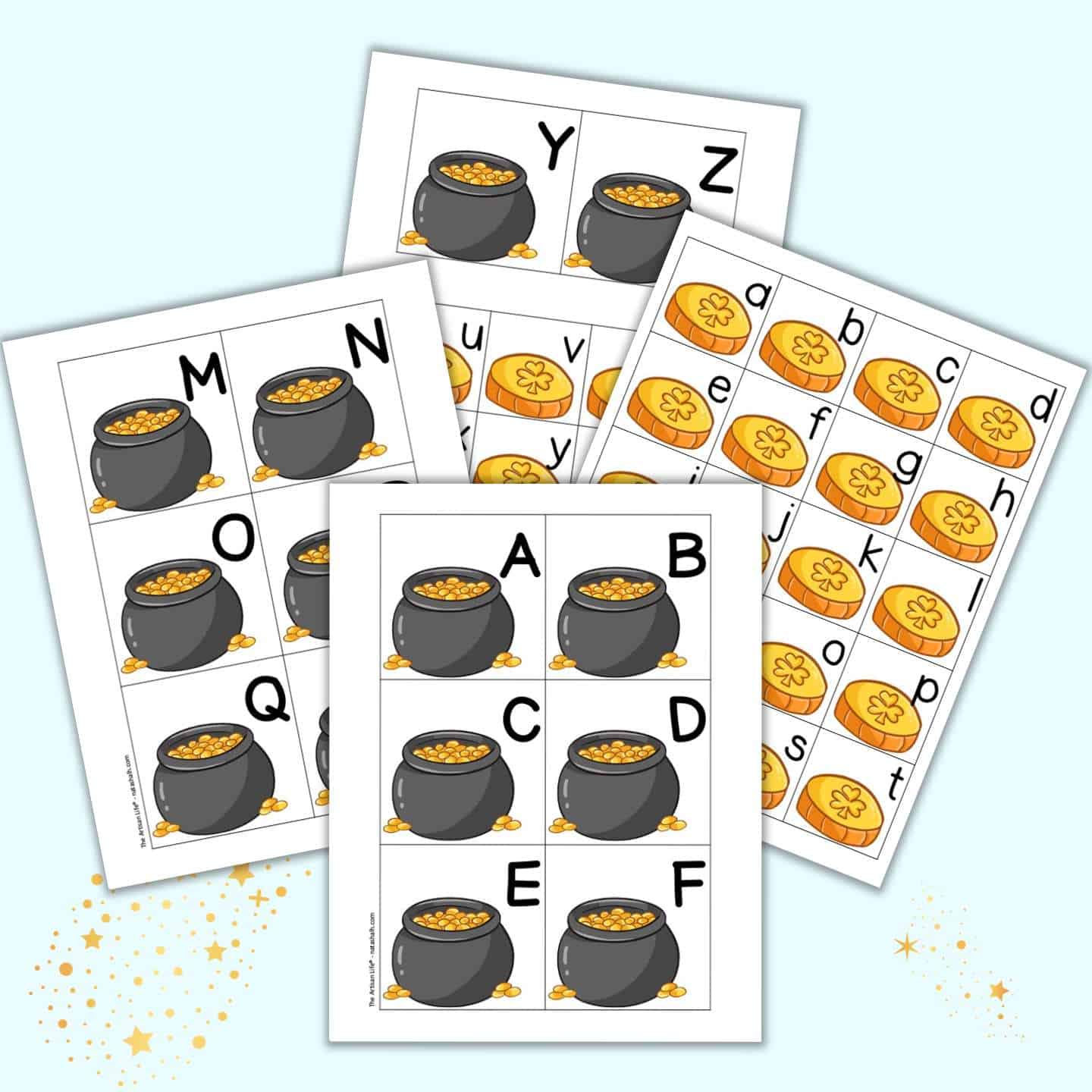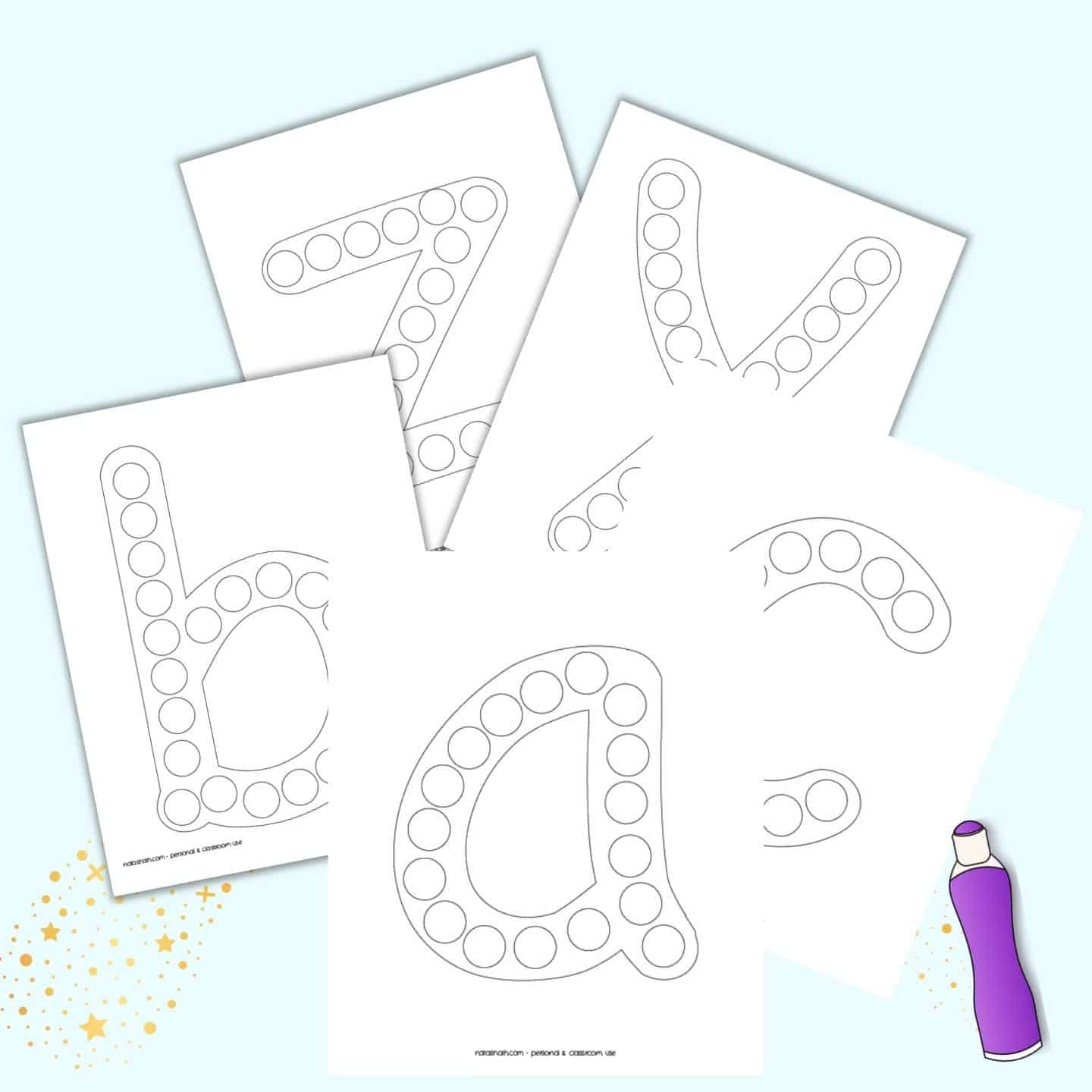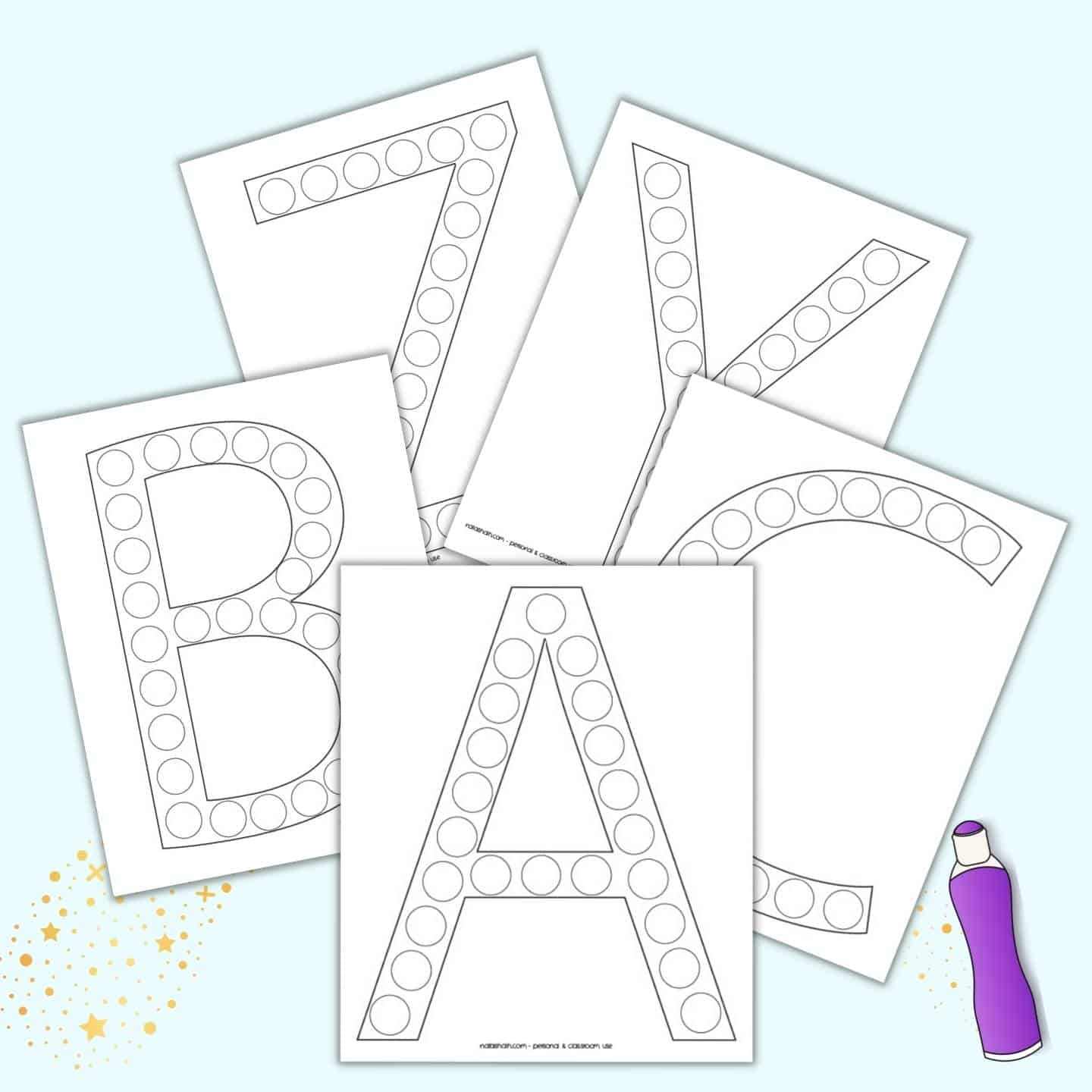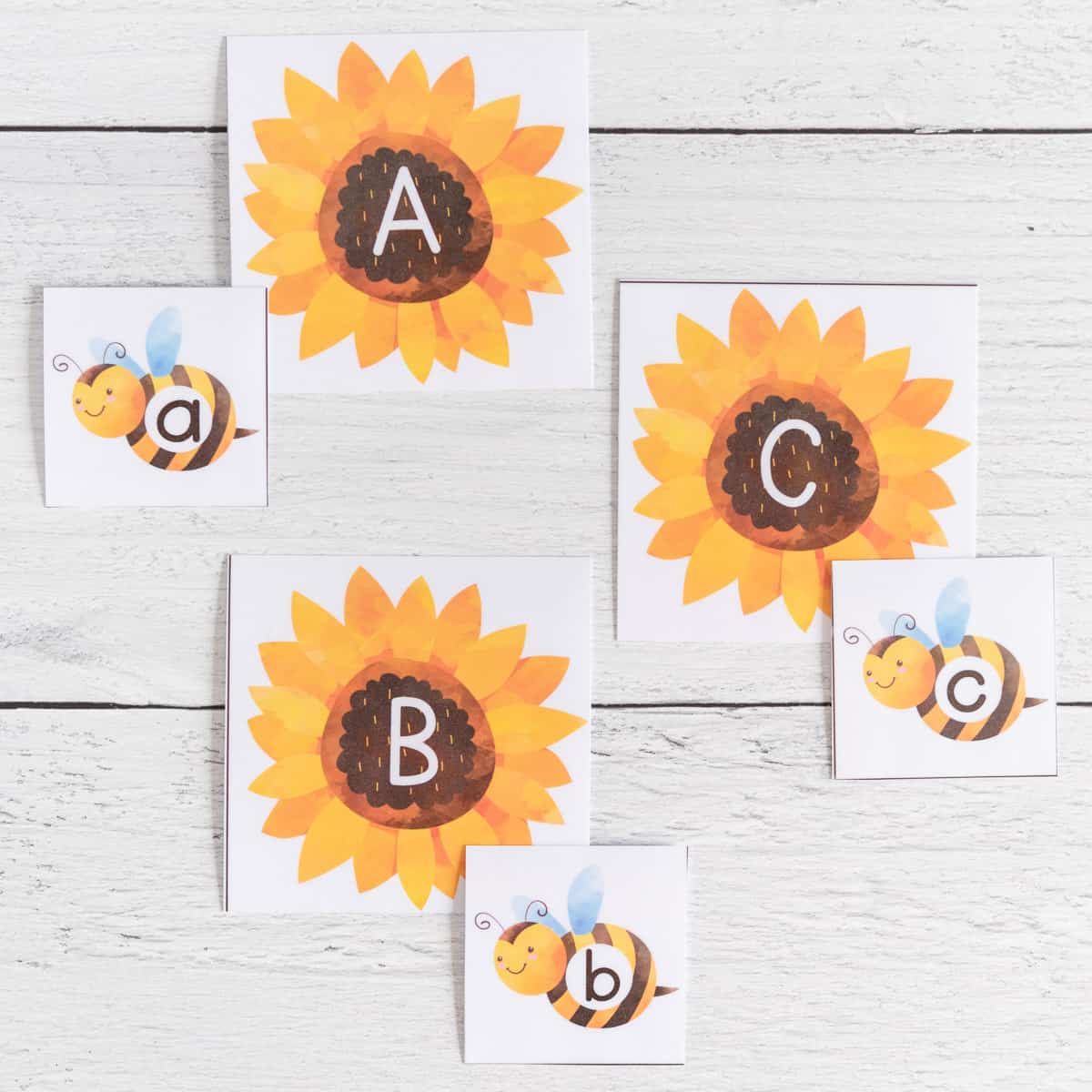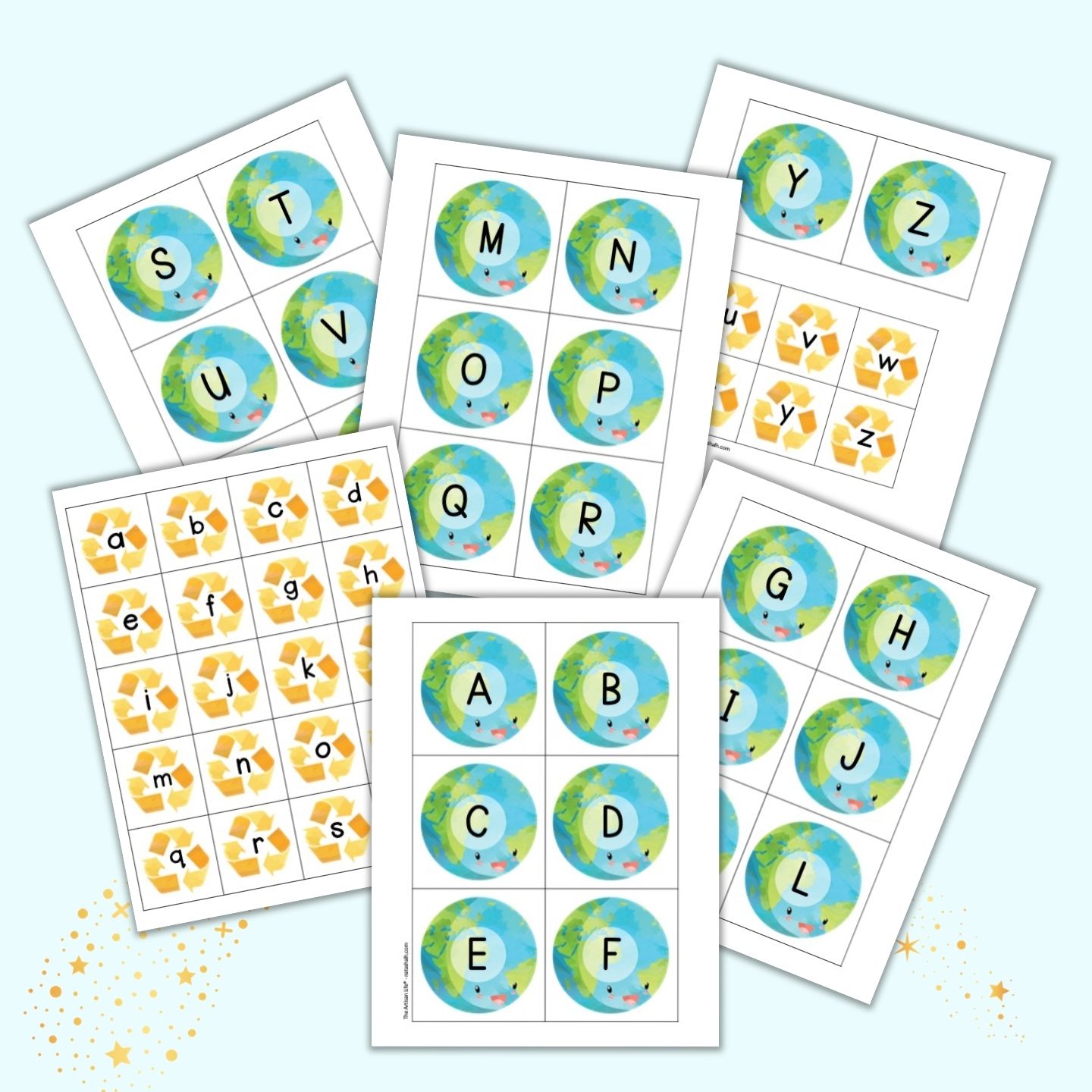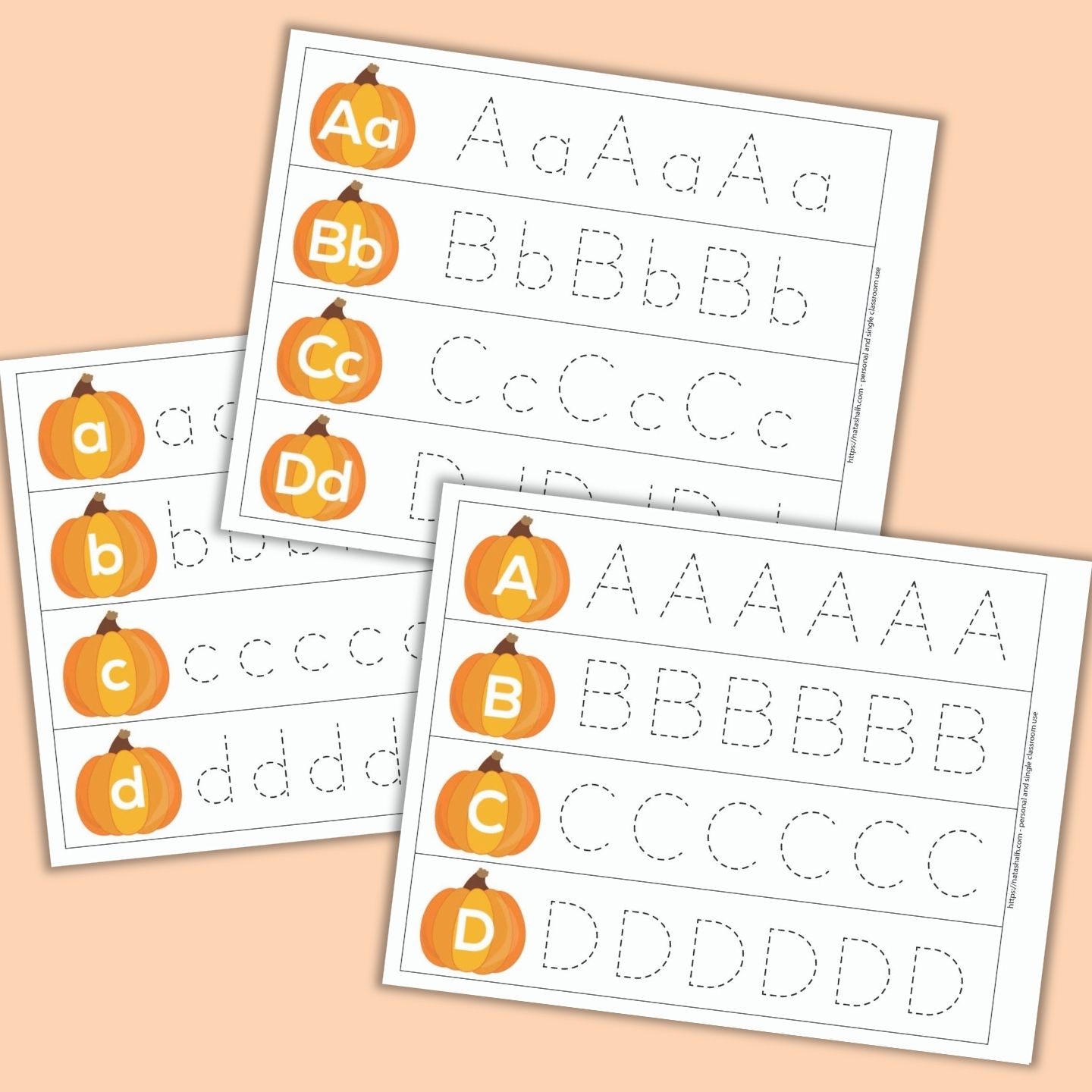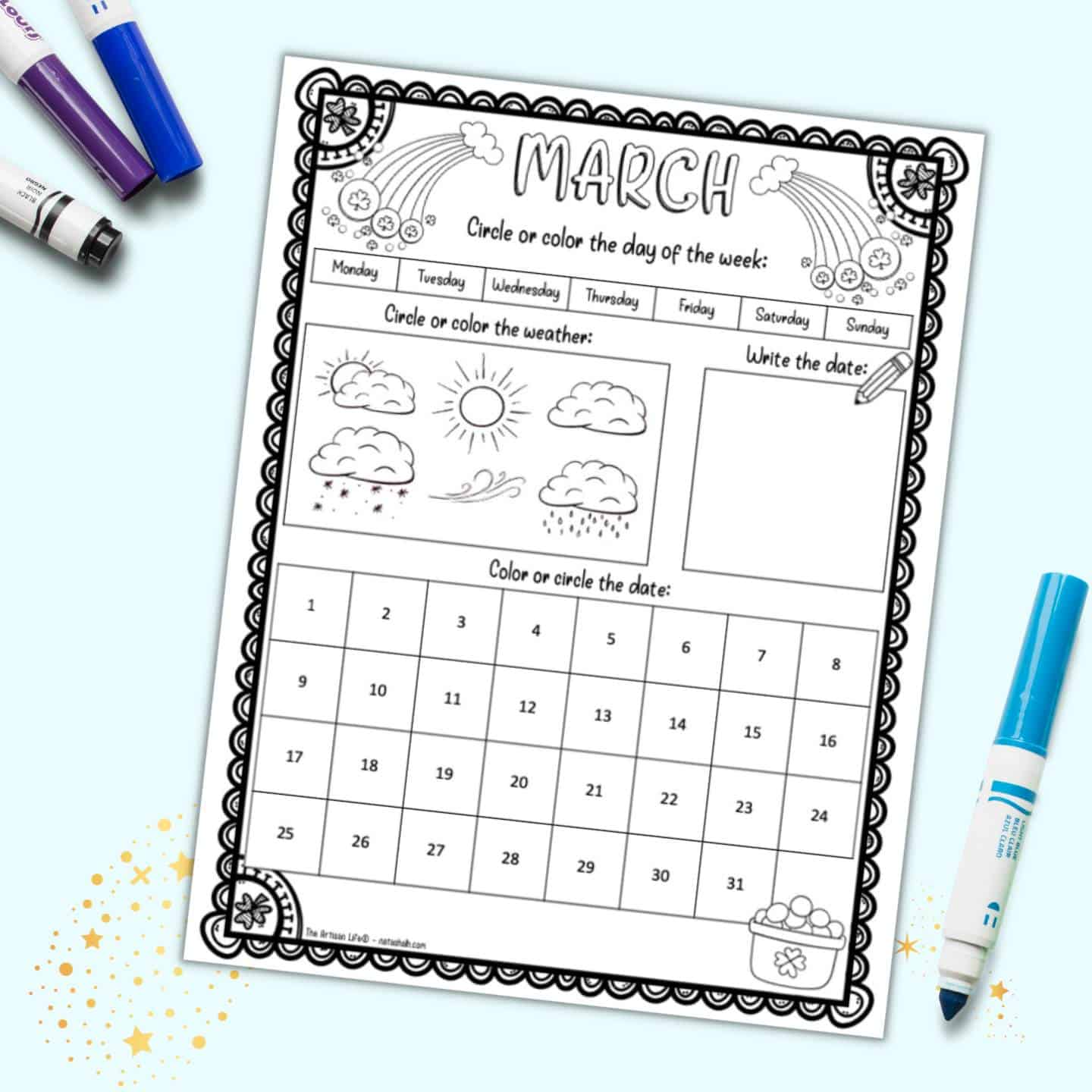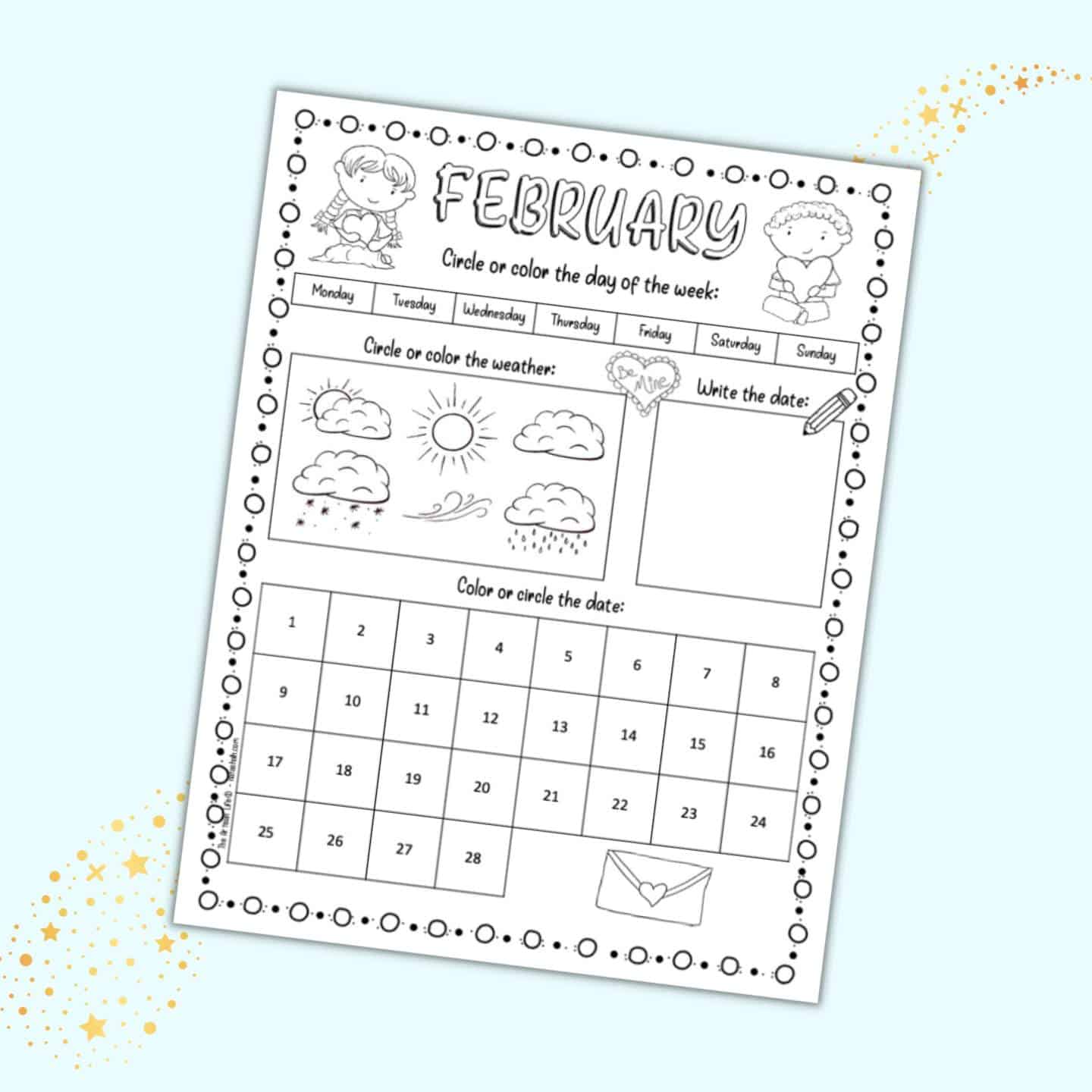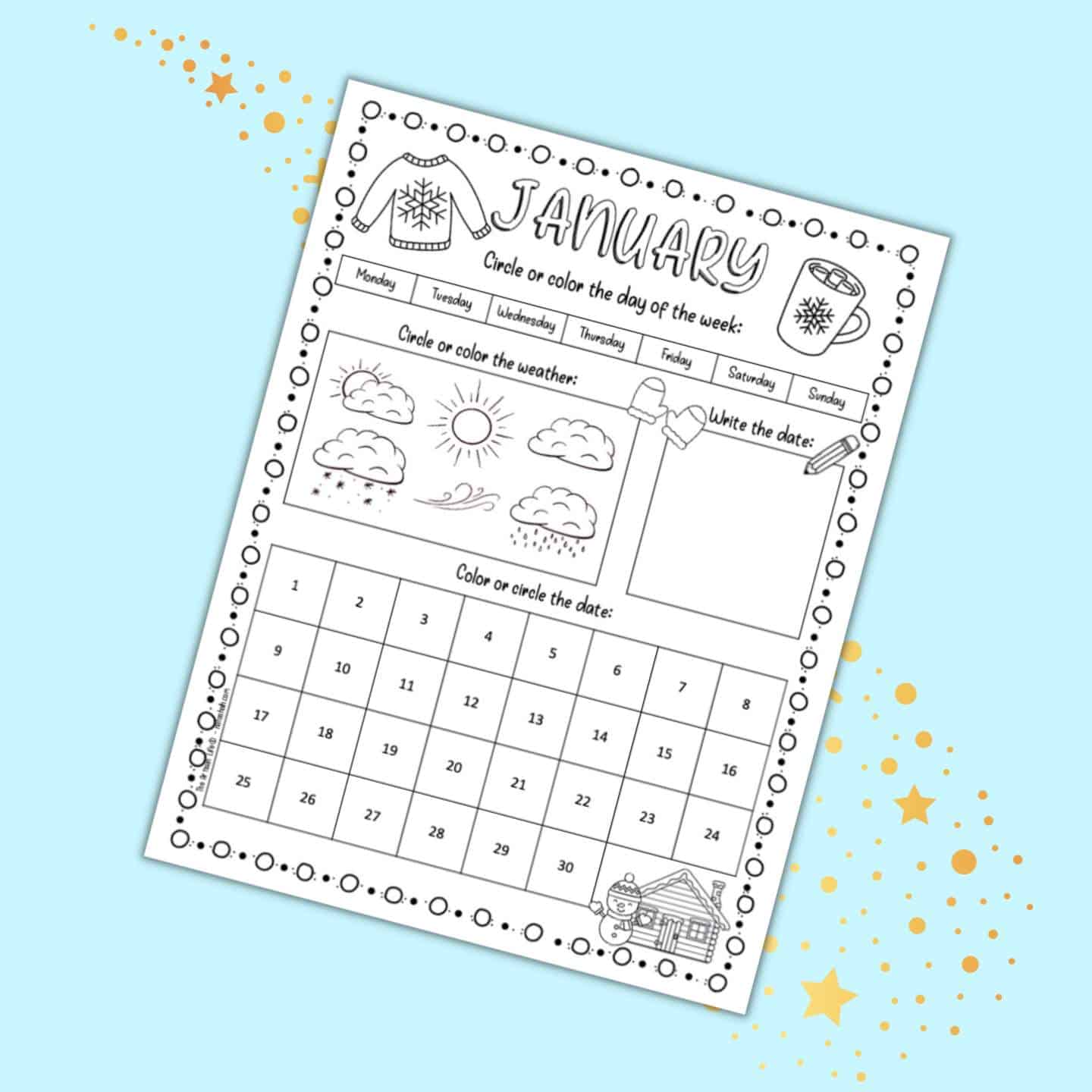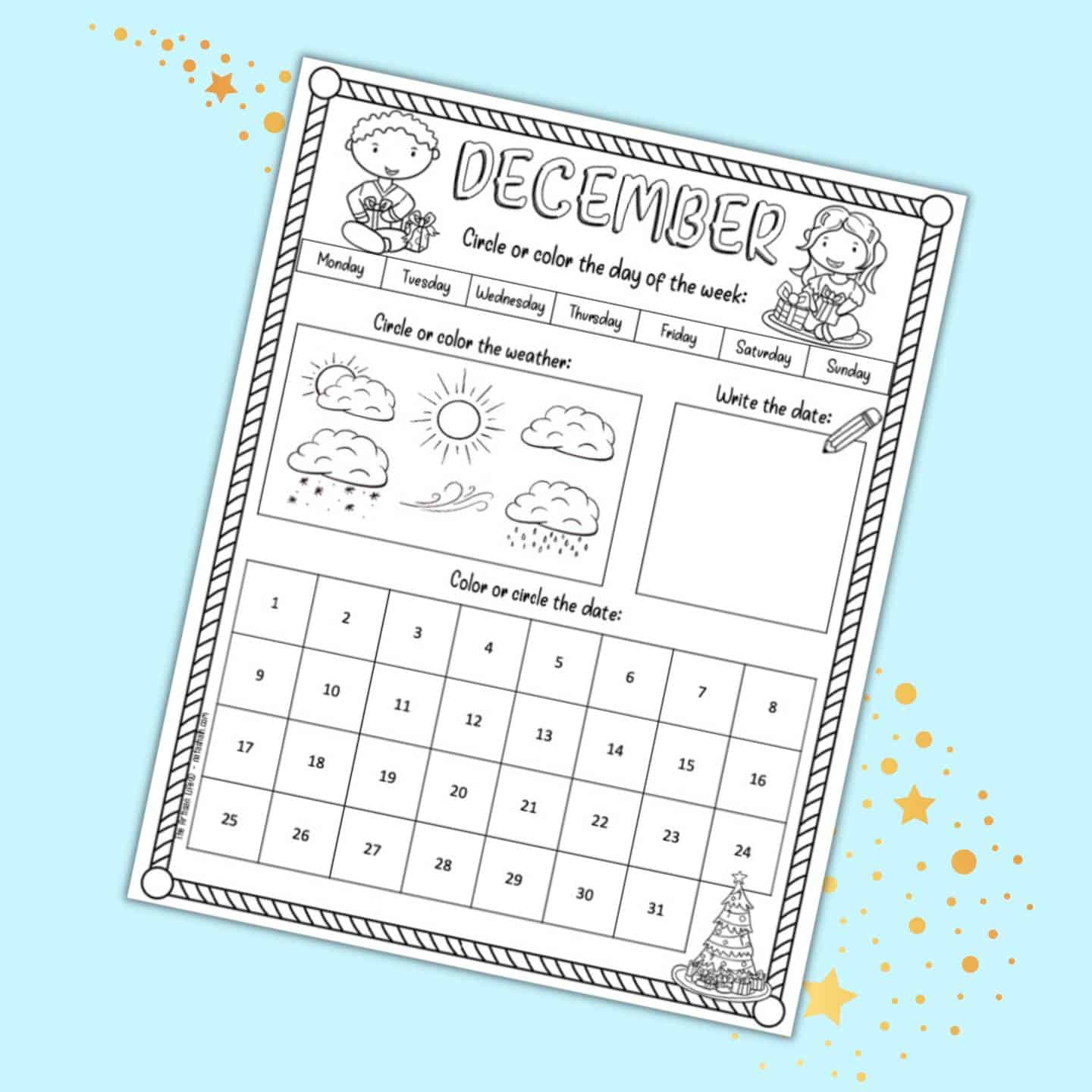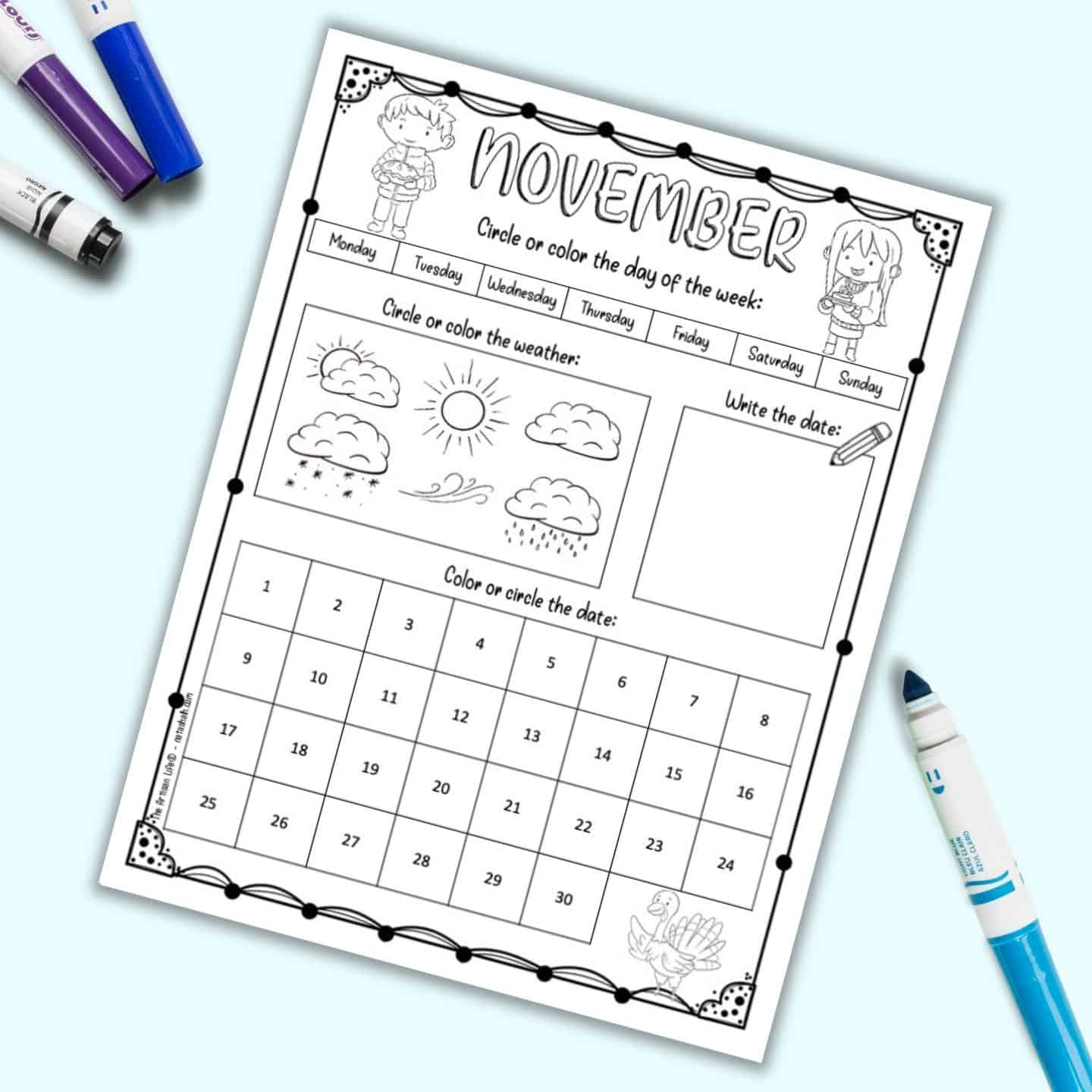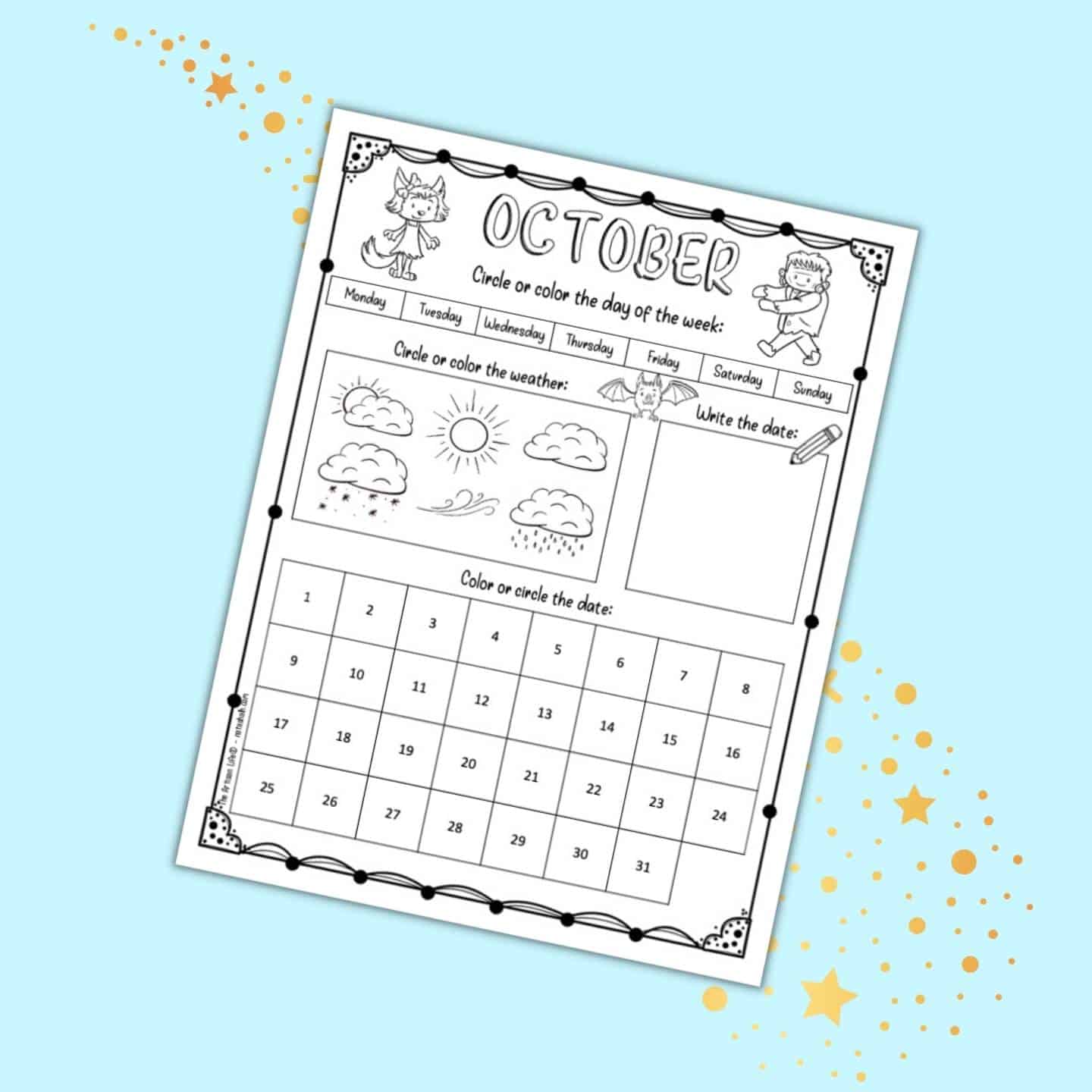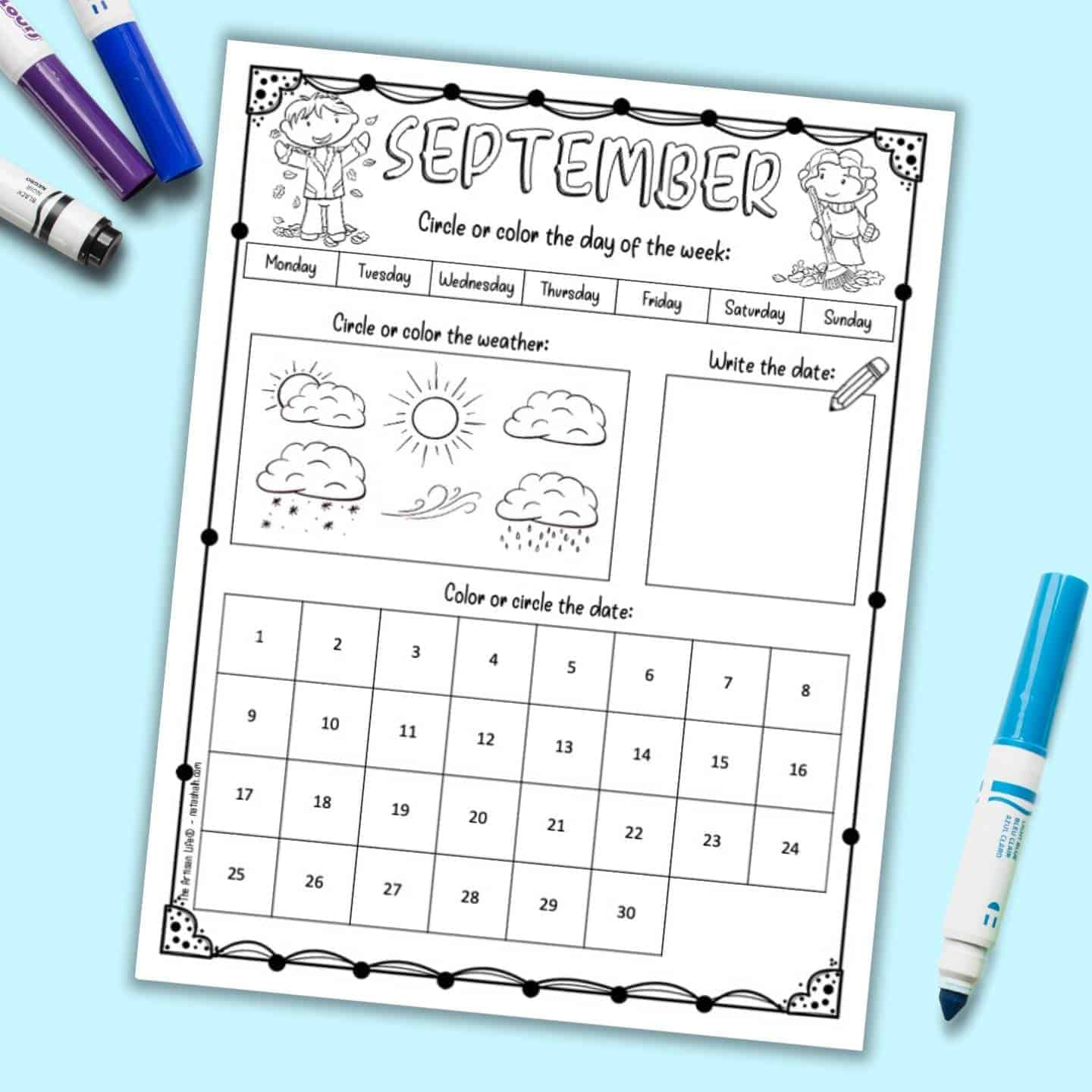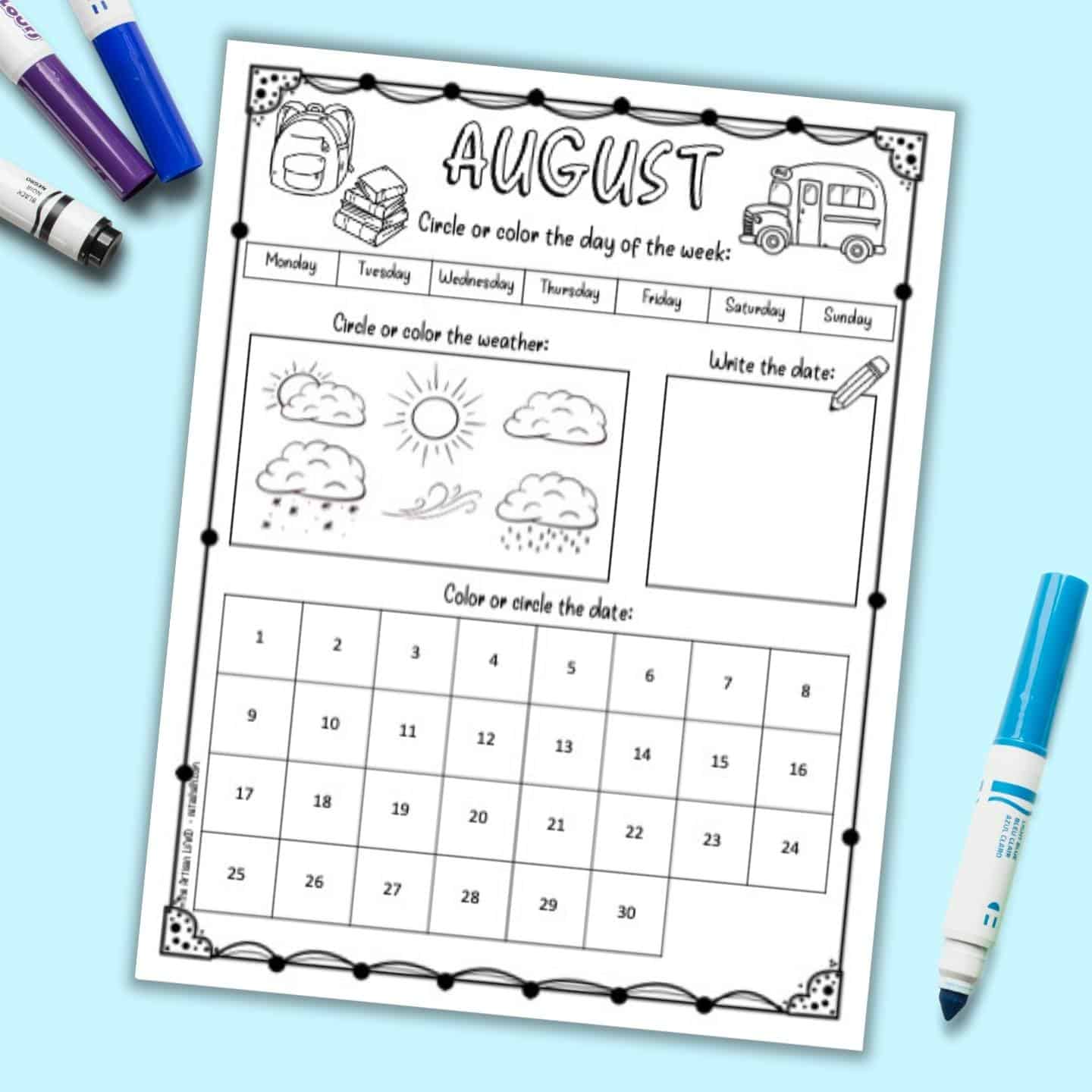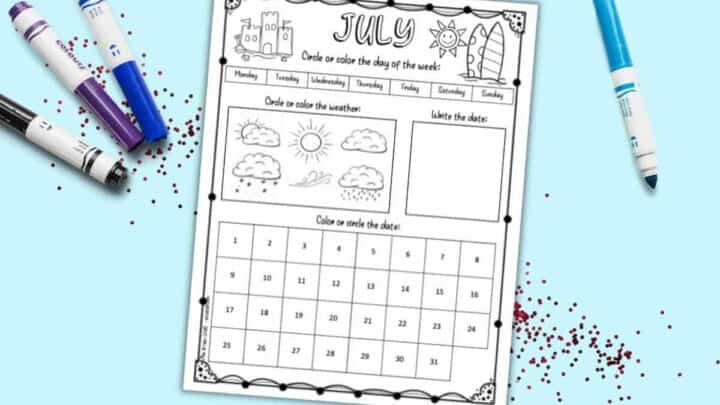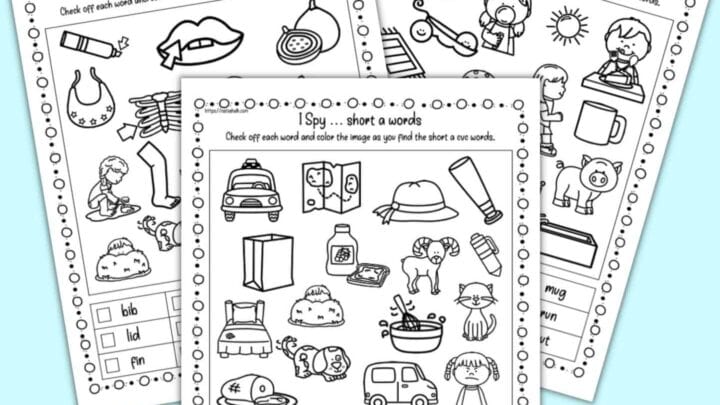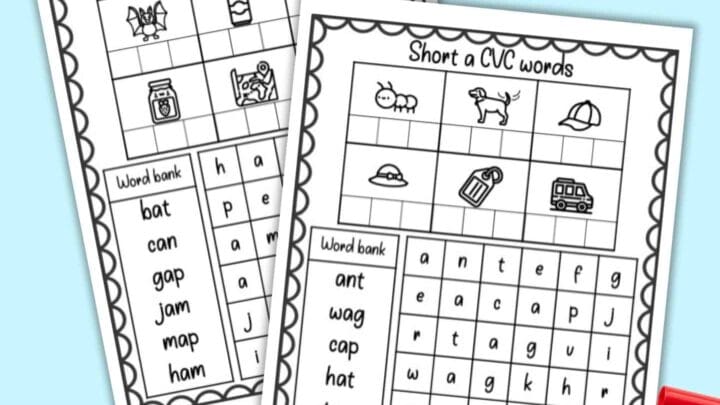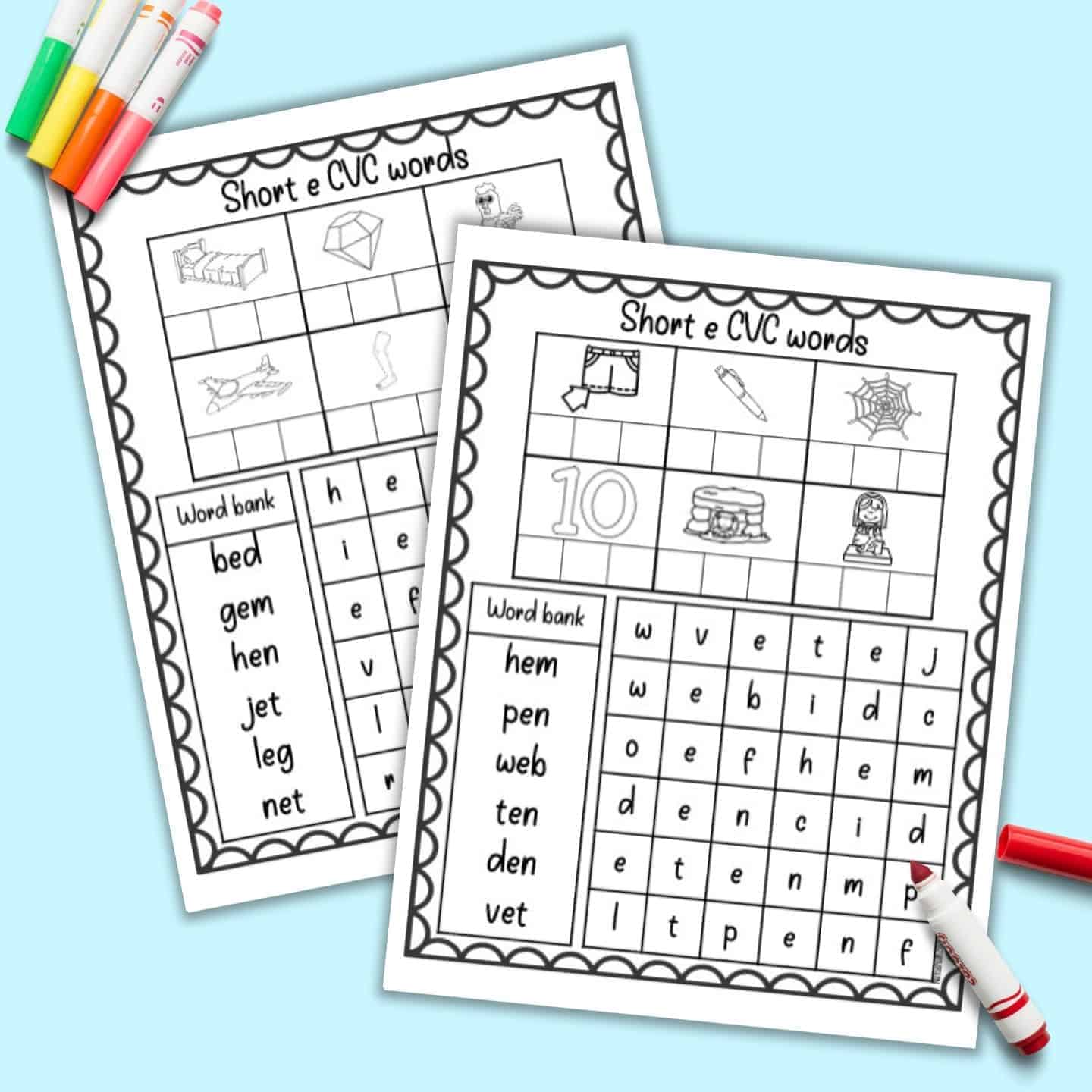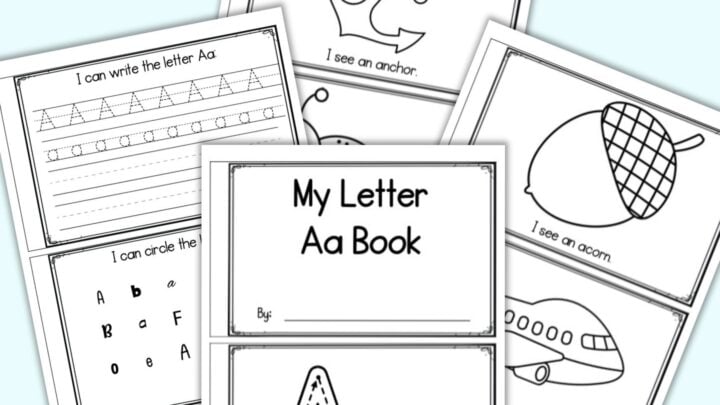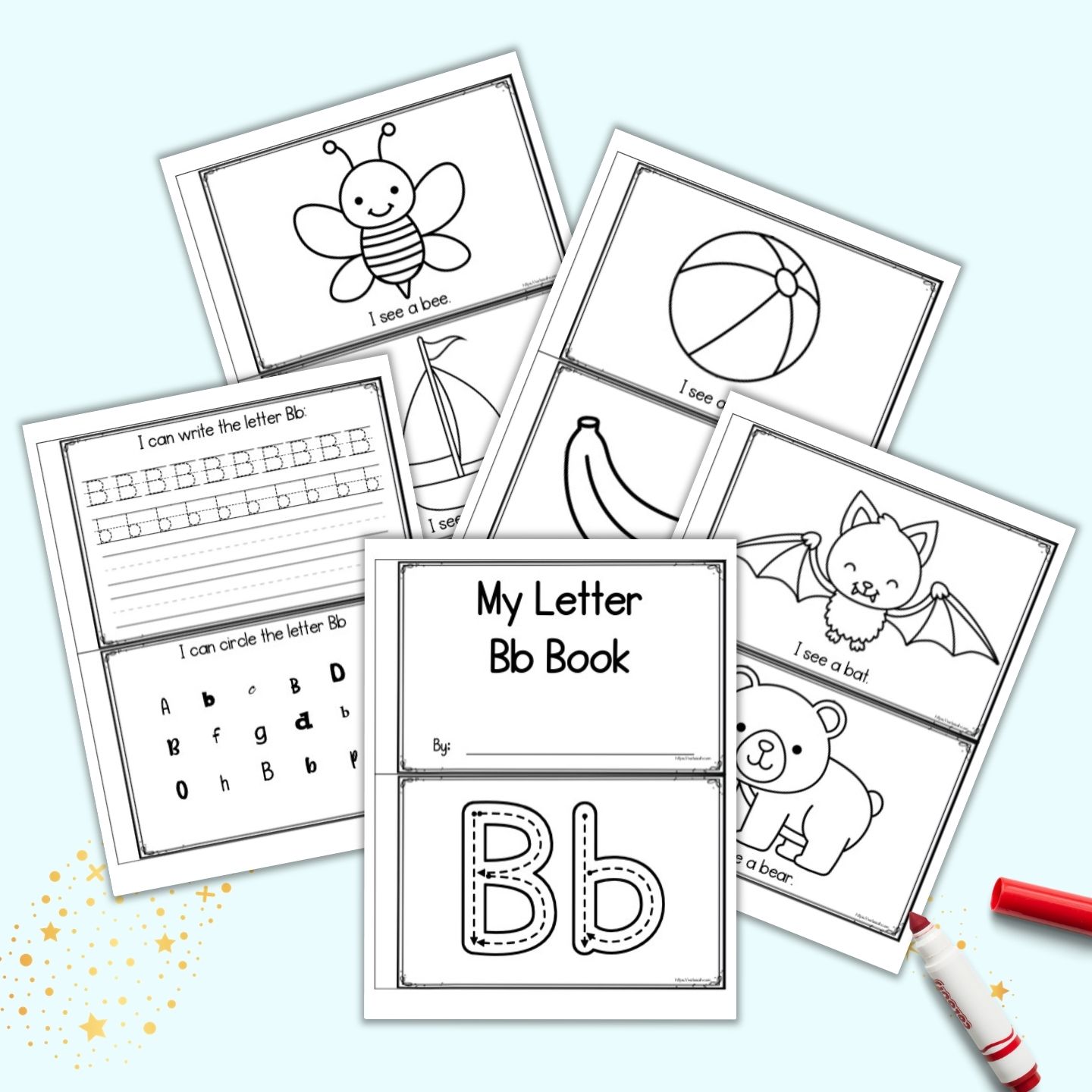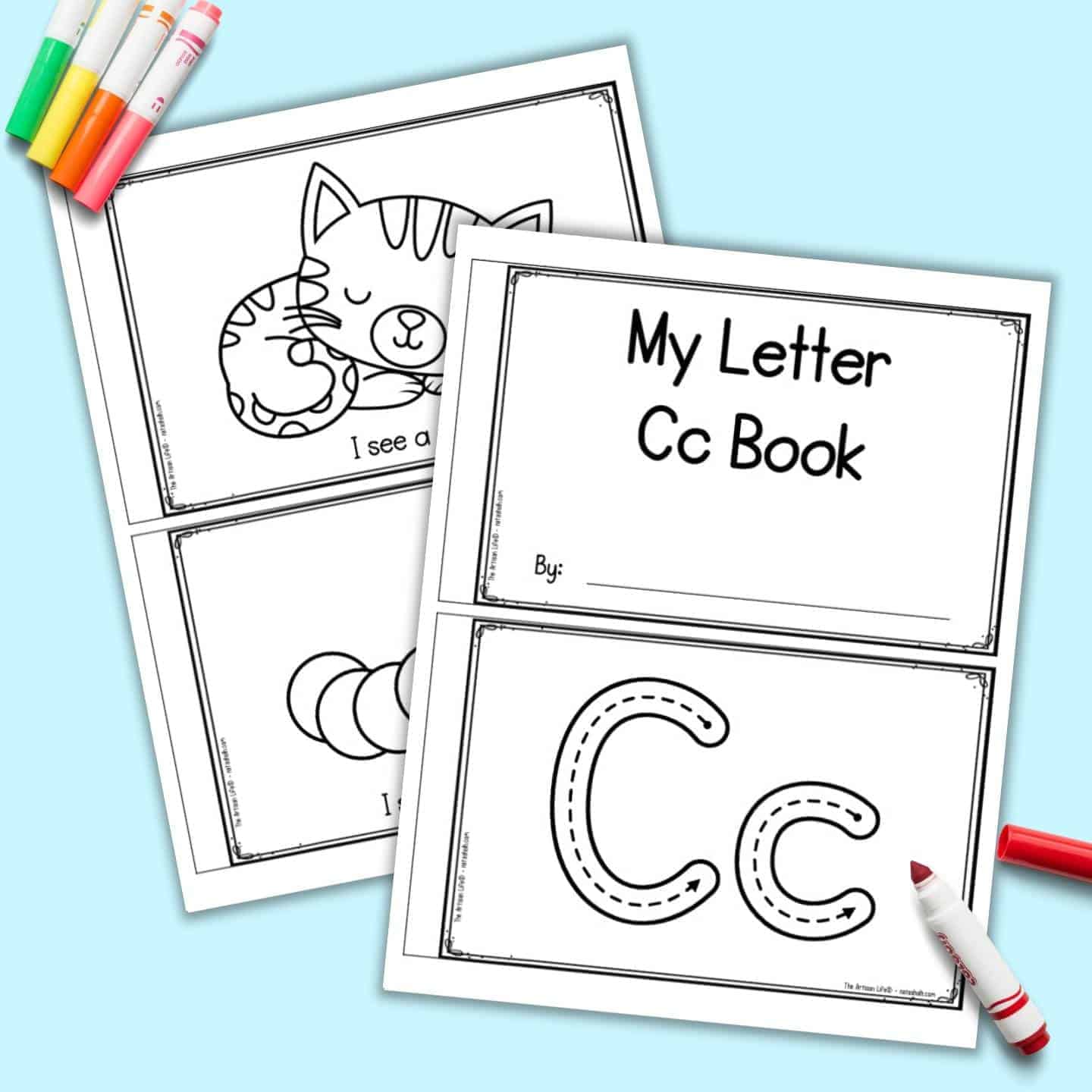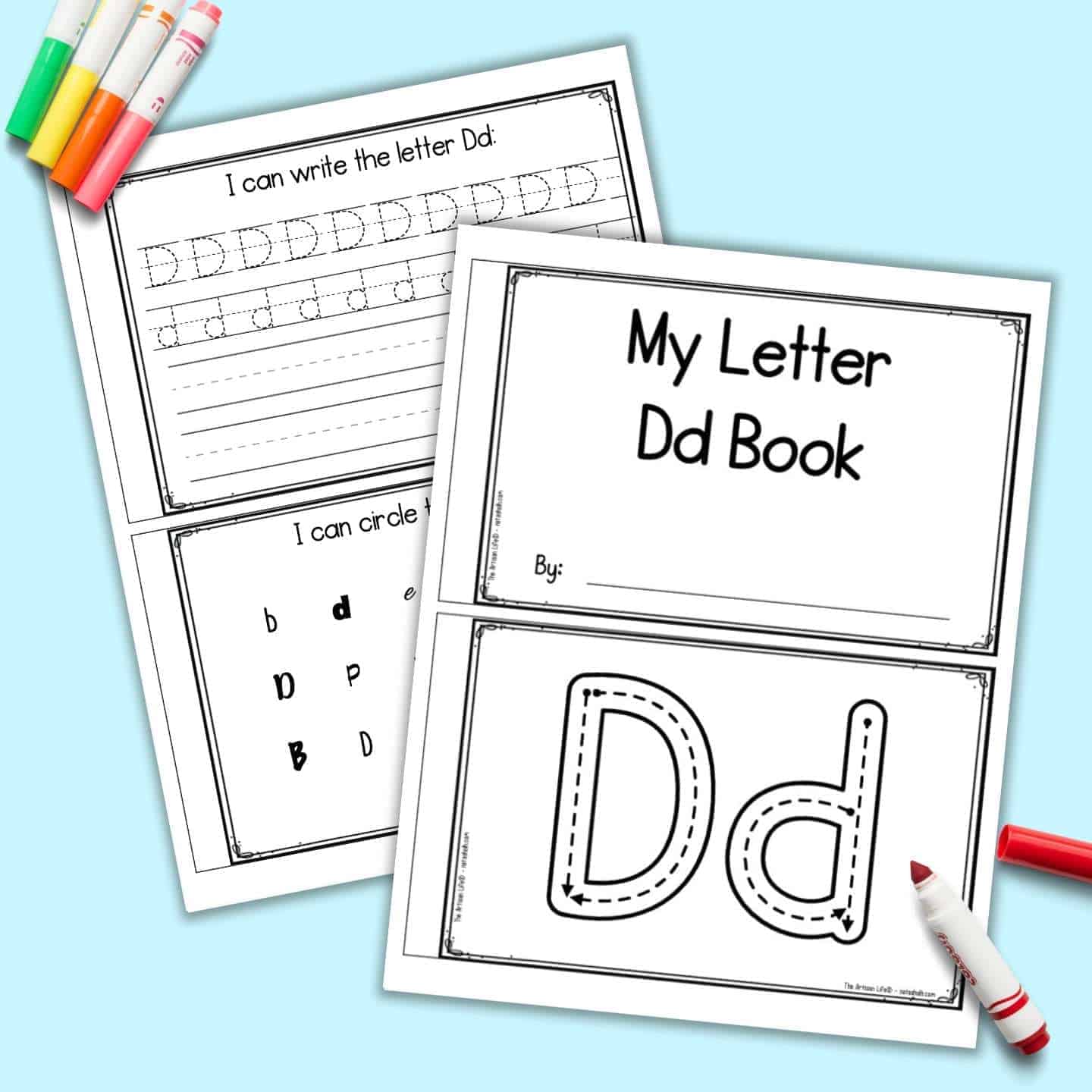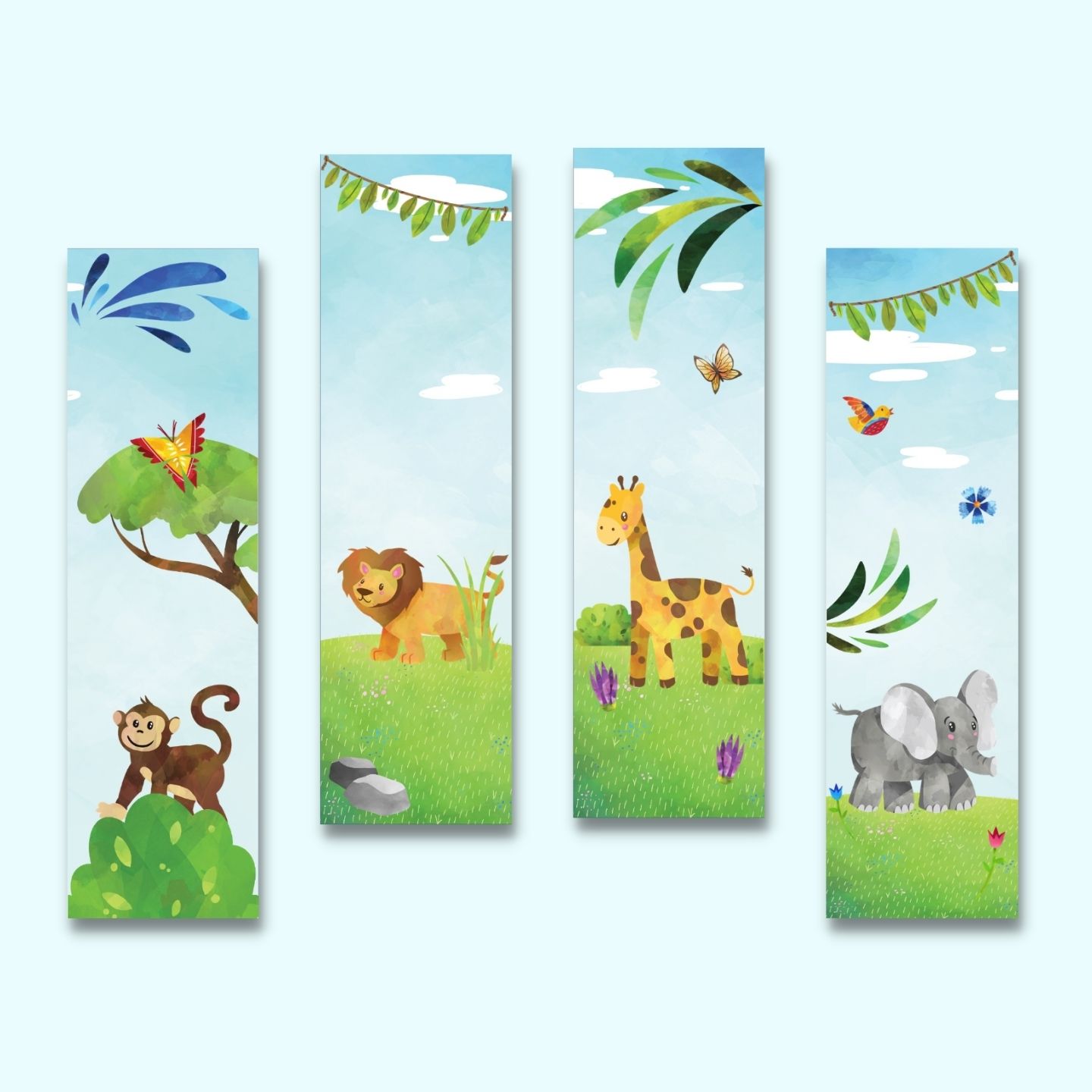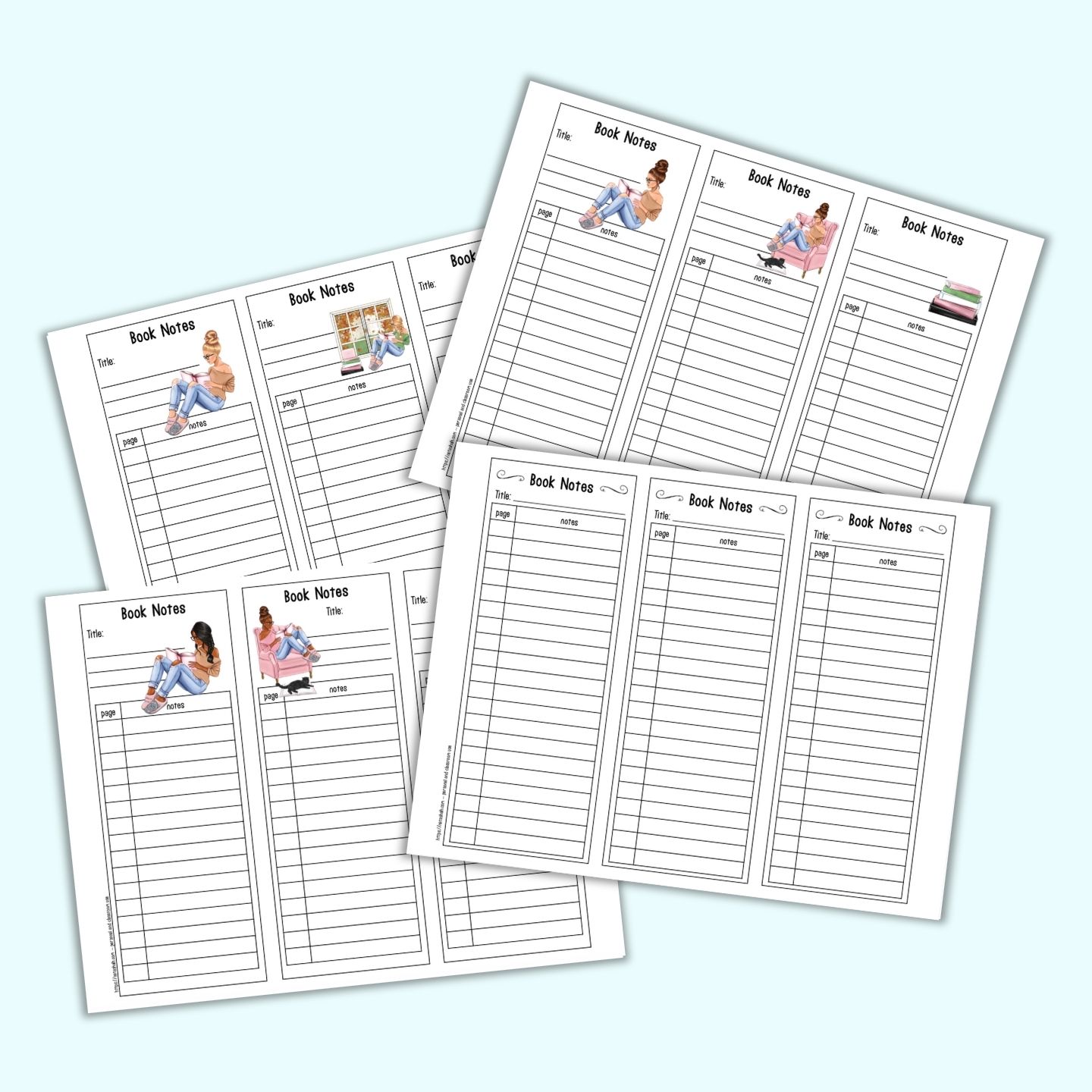This post may include affiliate links which means I may earn a commission on qualifying purchases at no additional cost to you. It’s important to understand why using an emotion chart is beneficial and how to use one. If you’re already aware of the benefits and uses of a feeling chart, keep scrolling towards the bottom of the page for your free download. Look for a row of bright purple arrows and a box with the text “click here to download your free printables.”
Positive adjectives to describe a child (with free poster) Encouraging words for kids Free printable affirmation station
Children have Big Feelings, and it’s our responsibility as teachers and parents to help them acknowledge their feelings and express them in appropriate ways. Having the correct vocabulary to name different feelings is an important part of developing emotional intelligence and emotional regulation skills. Have you ever heard of the “name it to tame it” strategy? The phrase was invented by Dr. Dan Siegel. It’s well known in psychology and counseling that naming and expressing intense emotions reduce their power. Emotions are a form of energy and energy wants to be expressed and released. Discussing so-called negative feelings helps reduce and manage them in health ways. Your children or students can’t effectively name their big emotions if they have limited vocabulary for their emotional state. This chart of emotions can be a valuable tool for give children a better understanding of complex emotions. I like to teach that all feelings are valid, but not all reactions are acceptable. Teaching emotional health from a young age can help mitigate temper tantrums, help your child better express feelings appropriately, and give him/her a more positive self-image. A larger emotional vocabulary can also help children understand the feelings of others and develop better empathy for other people.
How to use printable feeling charts
These printable feelings charts are designed for younger kids and older kids who are working on their self-regulation. This emotion chart includes 16 different emotions and mental states. It includes five of Paul Ekman’s “basic emotions” and 11 more complex feelings and emotional states of being. There are many different ways to use this printable chart, but all of them start with printing it!
Angry Bored Confused Curious Dissapointed Embaressed Excited Happy Offended Proud Sad Scared Shy Silly Sleepy Surprised
I recommend printing your poster on bright white card stock or, my personal favorite, HP 32# premium paper. This HP paper is thick and bright white for crisp, professional looking results. See it in action in this post on the best paper for printables. Once you print your chart, laminate it, frame it, or place it in a heavy duty page protector to keep it looking fresh all year long. Some parents like to place the chart in their child’s bedroom. The fridge or a family command center are also good places for the chart. Of course, the chart can also be used in the classroom! When you laminate your chart (or use a dry erase pocket/page protector), your child can use a dry erase marker or Stabilo Woody crayon to mark his/her emotional state each morning or any time s/he is experiencing strong emotions. Don’t just use the chart with so-called negative emotions. Help your child identify positive emotions, too! Model healthy emotional expressing by labeling your own emotions out loud, as well. You’ll be surprised by how much this can help you avoid emotional reactions in difficult situations!
Calming strategies for young children
We all want to avoid a huge temper tantrum, don’t we? Naming feelings is a powerful tool for emotional regulation and expressing emotions in a positive way. Most of the time, simply naming the emotion won’t be enough for younger children. You need calm down strategies in your toolbox! People are frequently quick to recommend deep breaths to anyone who wants to relax. This isn’t necessarily the best advice. Yes, shallow chest breathing is associated with a negative emotional state, but deep breaths aren’t always the most calming option. You might accidentally hyperventilate, instead! Instead, focus on diaphragmatic breathing (into the belly) that is slow. Try to model breathing in and out for a count of 4, for example. Exhaling for twice as long as you inhale is another proven strategy for relaxing. So, for example, breath in for 4 and out for 8. Box breathing in a 4-4-4-4 pattern with short holds on the inhale and exhale is another proven option. A quick and effective way to calm down with your breath is something called the “physiological sigh.” It’s super simple: inhale twice in through the nose (breathe in until your lungs are almost full, then take a quick sip of air in to finish filling your lungs), then exhale slowly and calmly. That’s it! This breathing pattern has been demonstrated to reduce heart rate and lower feelings of anxiety. A recent study showed that just 5 minutes of practicing this breath pattern a day improved mood all day long! We also love using EFT tapping for processing big feelings. Tapping is clinically proven and is a healthy way to express emotions and process them. I have a subscription to The Tapping Solution App, which includes several options designed for kids. (That’s not an affiliate link - it’s just an app I use regularly and love.) You can also find free tapping scripts online or on YouTube.
Free printable mood chart PDF download area
These emotion chart printables are licensed for personal and single classroom use. This means you’re welcome to print and use them for your own family, students, therapy clients, library activity, etc. You are not licensed to redistribute the files or print outs to other adults for use with their children/students. Selling the printables or files is prohibited. I hope you find these printable emotion charts helpful! Make sure to discover additional free printables for little learners while you’re here on The Artisan Life:
